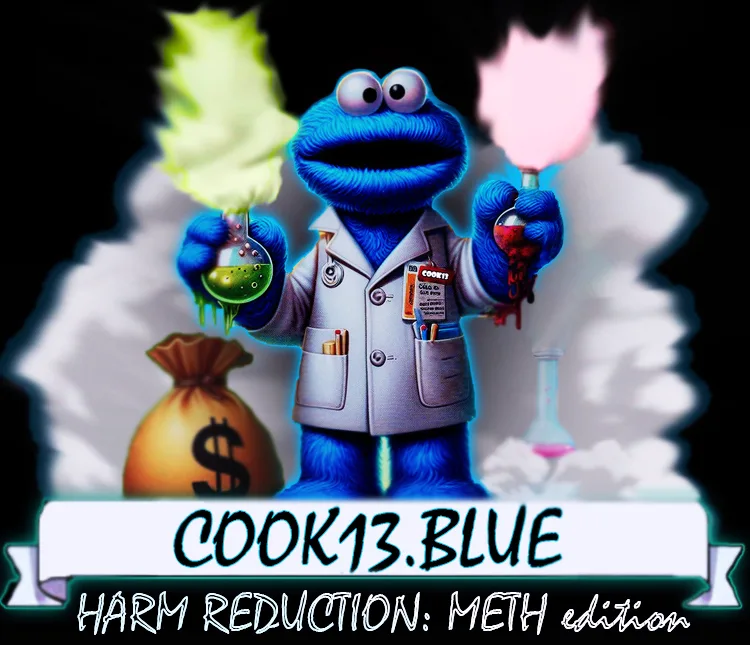Why Methamphetamine Might Stop Producing High
A Scientific Guide to Blunted Effects & Recovery
Methamphetamine is widely recognized for its powerful euphoric effects. Yet, for many who use it repeatedly or over long periods, that signature rush can suddenly vanish. No surge, no buzz, just a sense of emptiness. This isn’t a random occurrence; it’s the result of a complex interplay between biology, psychology, and overall health. Let’s explore why this happens and what recovery can look like.
Understanding Methamphetamine Tolerance and Recovery
Tolerance to methamphetamine develops as the brain adapts to frequent exposure. Over time, achieving the same euphoric effects requires higher doses. This process is mainly driven by the overstimulation of dopamine and serotonin pathways—key neurotransmitters involved in pleasure, motivation, and mood regulation.
When someone stops using meth, the brain experiences a sharp drop in dopamine levels, leading to what’s often called a “dopamine crash.” This phase can bring on fatigue, depression, and anhedonia the inability to feel pleasure.
However, with ongoing abstinence, the brain starts to recover. Dopamine receptors may gradually regain sensitivity, and natural dopamine production can resume. Some research even suggests a temporary “dopamine rebound,” where levels briefly rise above normal during recovery, though this is still being studied.
Note: Recovery timelines differ from person to person. Some notice improvements within weeks, but full neurochemical balance may take several months.
🧠 Brain Chemistry Breakdown
- Dopamine Depletion: Chronic meth use rapidly depletes dopamine stores. With little left to release, the high disappears.
- Receptor Desensitization: The brain responds to overstimulation by reducing receptor sensitivity, making them less responsive to dopamine.
- Neuroinflammation: Oxidative stress and immune responses can damage the brain’s reward circuits.
- Anhedonia & Adaptation: To cope with overstimulation, the brain lowers its baseline for pleasure, leading to emotional numbness.
- Genetic Resistance: Some people naturally have less sensitive dopamine systems, making them less responsive to stimulants.
💤 Sleep & Circadian Damage
- Sleep Deprivation: Lack of sleep reduces receptor availability and weakens stimulant effects.
- Poor Sleep Architecture: Disrupted REM and deep sleep phases impair emotional regulation and reward processing.
- Circadian Rhythm Disruption: An off-kilter biological clock interferes with neurotransmitter cycles.
🍽️ Nutritional Deficiencies & Metabolic Factors
- Low B Vitamins (B6, B12, Folate): Essential for synthesizing dopamine, serotonin, and norepinephrine.
- Vitamin C & D Deficiency: Impacts mood, immune function, and dopamine breakdown.
- Magnesium & Zinc Deficiency: Both play roles in dopamine function; low levels can worsen fatigue and emotional flatness.
- Amino Acid Deficiency (Tyrosine, Tryptophan): These are building blocks for neurotransmitters, without them, production stalls.
🧘 Psychological & Environmental Influences
- Mood Disorders (Depression, Anxiety, PTSD): These conditions can dampen the brain’s ability to experience pleasure, even with chemical stimulation.
- Stress & Unsafe Environments: High stress or unsafe settings can override the brain’s reward signals.
- Habituation & Expectation: Familiarity with the drug or its context can reduce novelty and intensity, while expectations shape the experience.
💊 Medical, Metabolic & Drug Interactions
- Drug Tolerance: Repeated use builds resistance, requiring larger doses for the same effect until even that stops working.
- Liver Enzyme Variation (CYP2D6): Differences in liver enzymes affect how meth is metabolized and its perceived intensity.
- Medication Conflicts: Some antipsychotics and antidepressants block dopamine receptors or blunt stimulant effects.
- Impure Products: Street meth often contains fillers or other substances that can reduce its potency.
🛤️ The Recovery Reset: What Can Be Rebuilt
🧠 Rewiring Neurochemistry
- Dopamine receptor recovery is possible, though it can take months.
- Restoring nutrients like B vitamins, amino acids, magnesium, and omega-3s supports brain healing.
- Regular exercise and stimulating environments encourage new neuron growth.
😴 Restoring Sleep
- Consistent sleep schedules help reset neurotransmitter cycles.
- Treating sleep disorders like apnea or insomnia can improve reward processing and mood.
🍽️ Rebuilding Nutritional Balance
- Eating protein-rich foods, whole grains, leafy greens, and healthy fats provides the raw materials for neurotransmitter production.
- Testing for deficiencies (such as iron, vitamin D, or thyroid issues) can guide personalized recovery plans.
🧘 Emotional Healing
- Therapies like CBT, EMDR, and motivational counseling help reshape thought patterns and address trauma.
- Building social connections naturally boosts oxytocin and dopamine.
- Treating underlying mood disorders can restore the brain’s ability to experience joy.
💊 Recovery Support: Supplements
| Supplement | Role |
|---|---|
| Tyrosine | Dopamine precursor |
| NAC (N-acetylcysteine) | Reduces cravings, supports glutamate balance |
| Omega-3s | Reduces neuroinflammation |
| Magnesium | Calms nervous system |
| Vitamin B Complex | Supports neurotransmitter synthesis |
👉 Always use supplements under medical supervision
💬 Key Takeaway
If the high from meth disappears, it’s more than just a letdown it’s a sign that the brain is overwhelmed, depleted, or trying to protect itself. Recovery isn’t just about stopping use; it’s a process of resetting the brain’s biology. Sleep, nutrition, emotional support, and professional care all play vital roles in gradually restoring the brain’s ability to feel pleasure, think clearly, and find motivation.
🔗 Related Insights: Boosting & Bypassing Meth Tolerance
As methamphetamine use continues, many users experience a frustrating decline in its euphoric effects. This isn’t just about dopamine depletion—it’s also about how the body adapts and builds resistance. If you’re curious about strategies people use to counteract this, this guide on hacking meth tolerance breaks down the most common methods, from supplement stacks to timing tricks.
On the flip side, some users turn to metabolic modifiers like piperine (from black pepper) and grapefruit to intensify meth’s effects. These substances can influence enzyme activity and drug absorption, sometimes dramatically. Learn more in this deep dive into meth potentiators, which explores how these compounds interact with stimulant metabolism.






Awesome! Very knowledgeable, thanks dude!